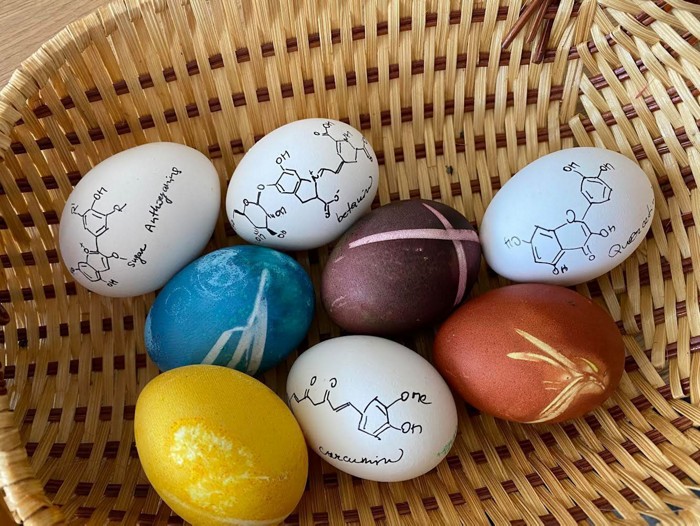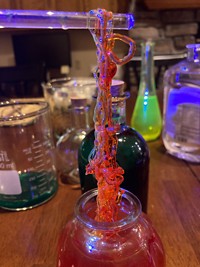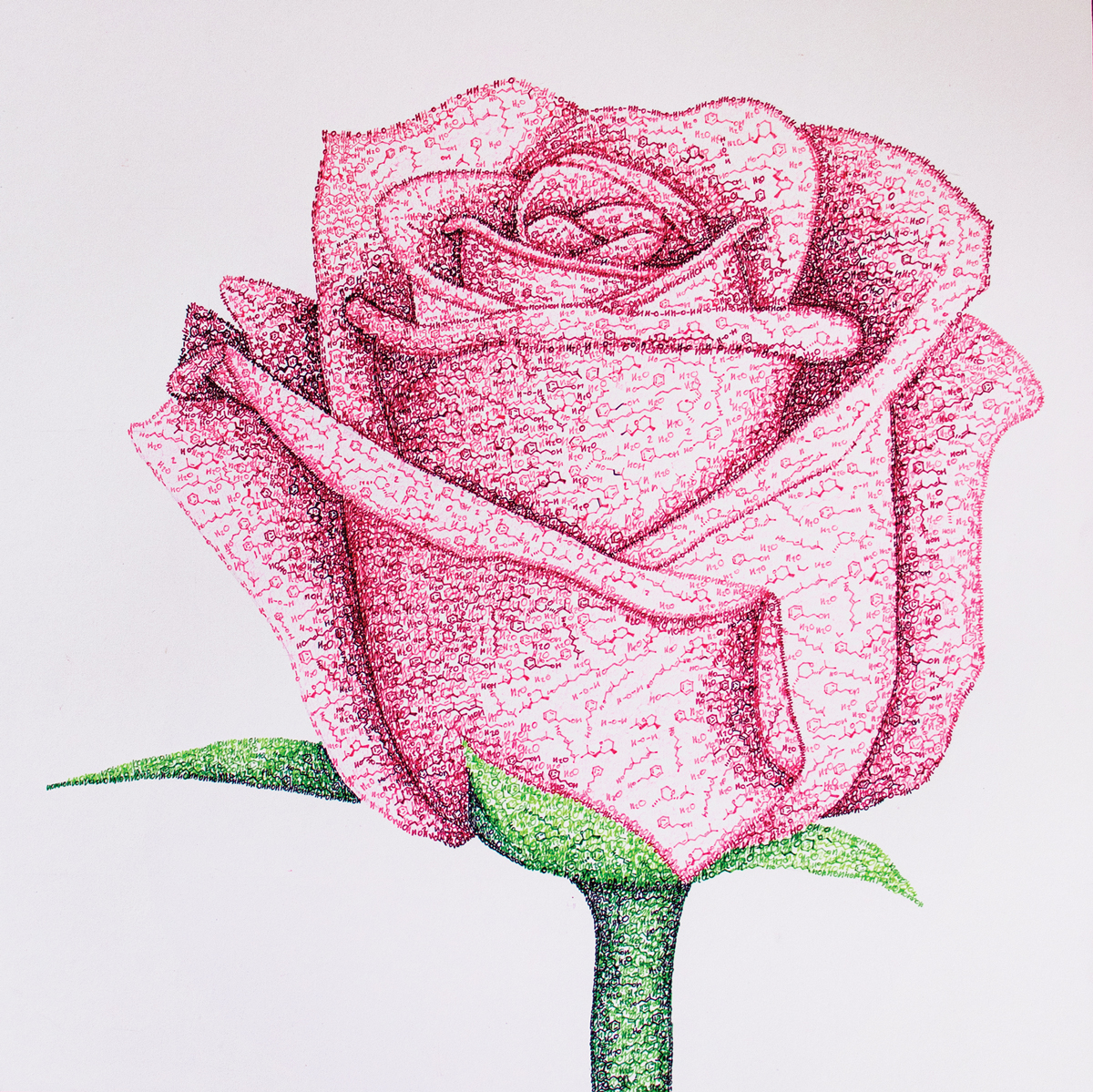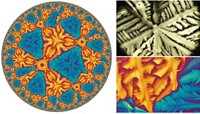Advertisement
Grab your lab coat. Let's get started
Welcome!
Welcome!
Create an account below to get 6 C&EN articles per month, receive newsletters and more - all free.
It seems this is your first time logging in online. Please enter the following information to continue.
As an ACS member you automatically get access to this site. All we need is few more details to create your reading experience.
Not you? Sign in with a different account.
Not you? Sign in with a different account.
ERROR 1
ERROR 1
ERROR 2
ERROR 2
ERROR 2
ERROR 2
ERROR 2
Password and Confirm password must match.
If you have an ACS member number, please enter it here so we can link this account to your membership. (optional)
ERROR 2
ACS values your privacy. By submitting your information, you are gaining access to C&EN and subscribing to our weekly newsletter. We use the information you provide to make your reading experience better, and we will never sell your data to third party members.
Food Science
Chemistry In Pictures
Chemistry in Pictures: All-natural Easter egg dyes
by Manny I. Fox Morone
April 15, 2022

“Dying eggs for Easter is a tradition in my home country, Slovakia. I have fond memories of boiling onion peels with my grandma and submerging the freshly collected eggs into the warm brown liquid,” says Martina Hestericova. Now that Martina is an adult and understands the chemistry of dying eggs—and even uses tricks from her PhD studies to make colorful ones—she feels even more connected to her grandmother and their traditions. That onion technique is how Martina made the brown egg above, and the other colors come from soaking eggs in blended vegetables: purple comes from beets, blue from cabbage, and yellow from turmeric root. She then drew structures of the molecules in each dye that create the colors.
For the blended vegetables dyes, she adds a bit of vinegar, which gives the egg shells a positive charge and ensures that the dye molecules stick. Watch her video tutorial here.
Now a science communicator on social media and a science communications manager at Lonza, you can follow Hestericova on Instagram @science_exercises.eu and on Twitter @DrHestericova
Credit: Martina Hestericova
Do science. Take pictures. Win money. Enter our photo contest here.





Join the conversation
Contact the reporter
Submit a Letter to the Editor for publication
Engage with us on Twitter